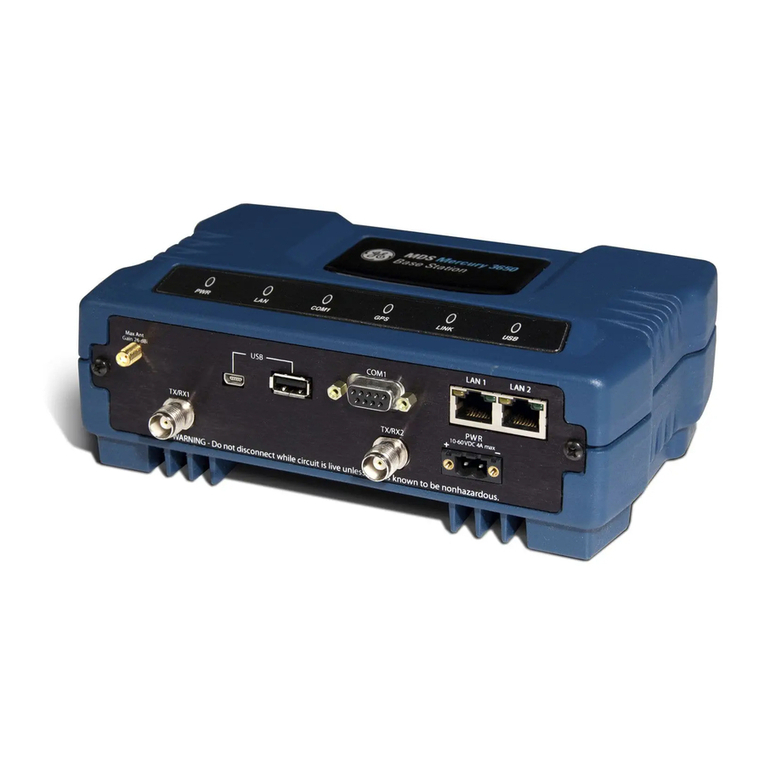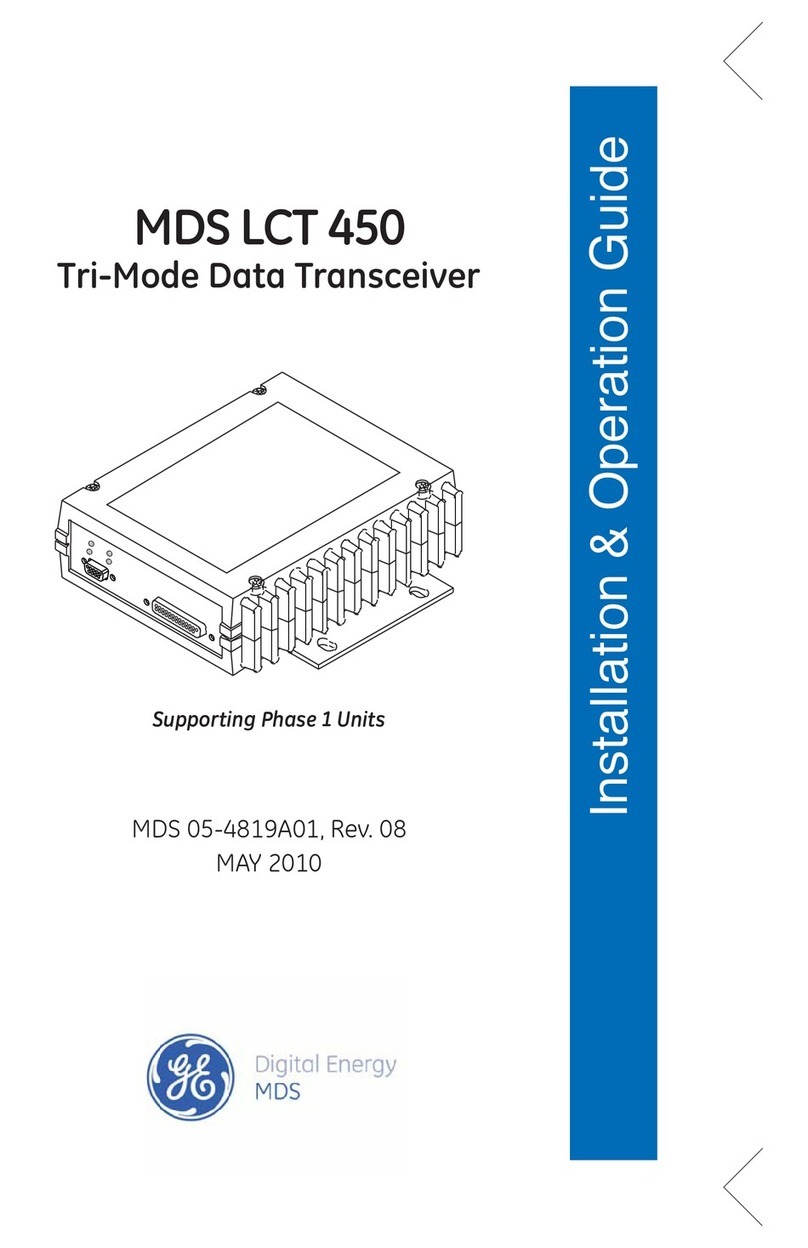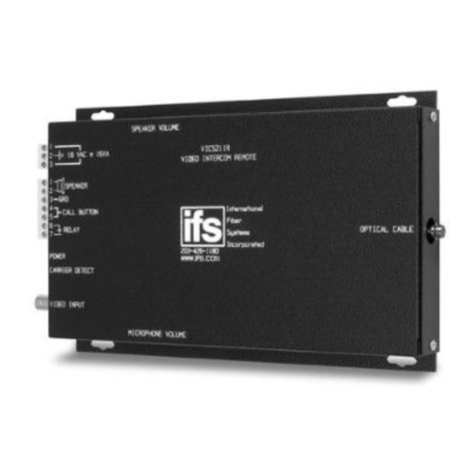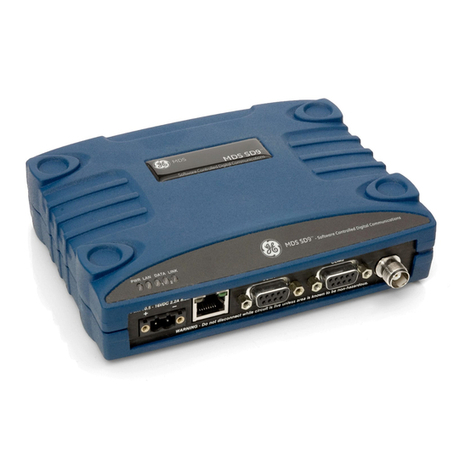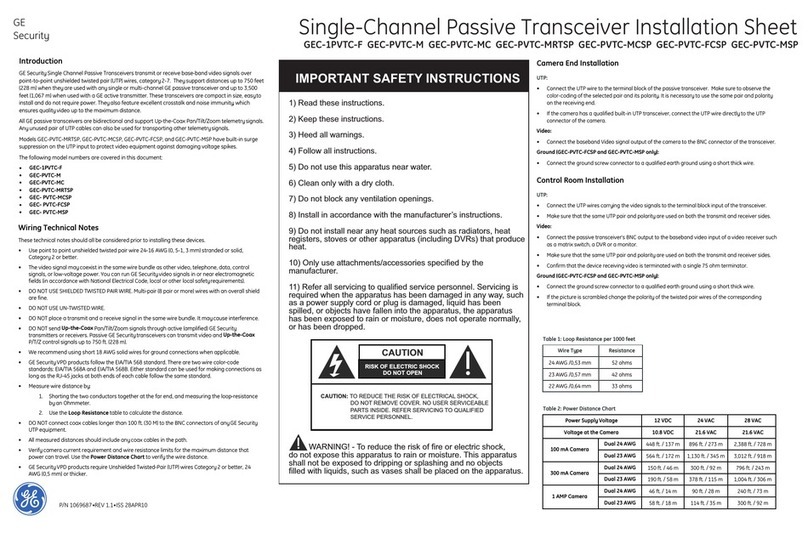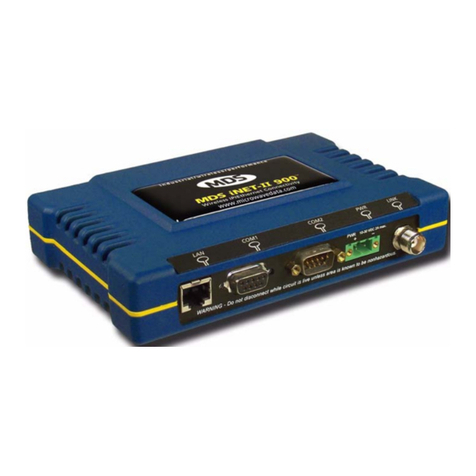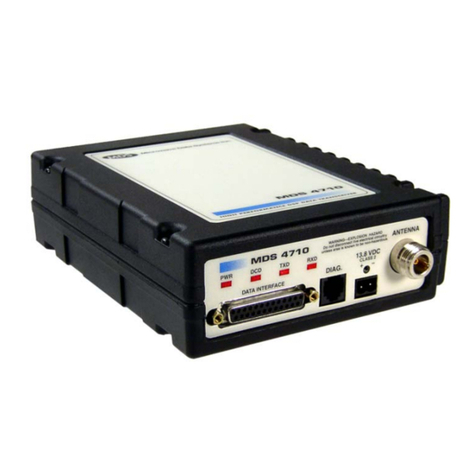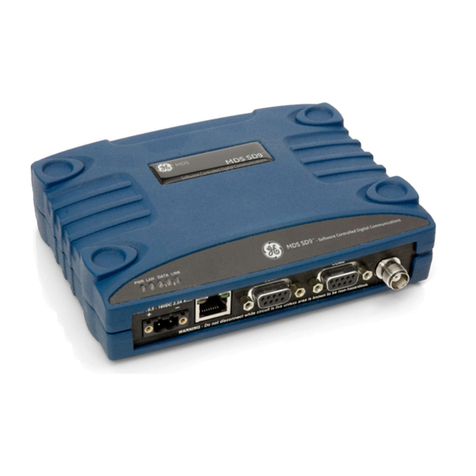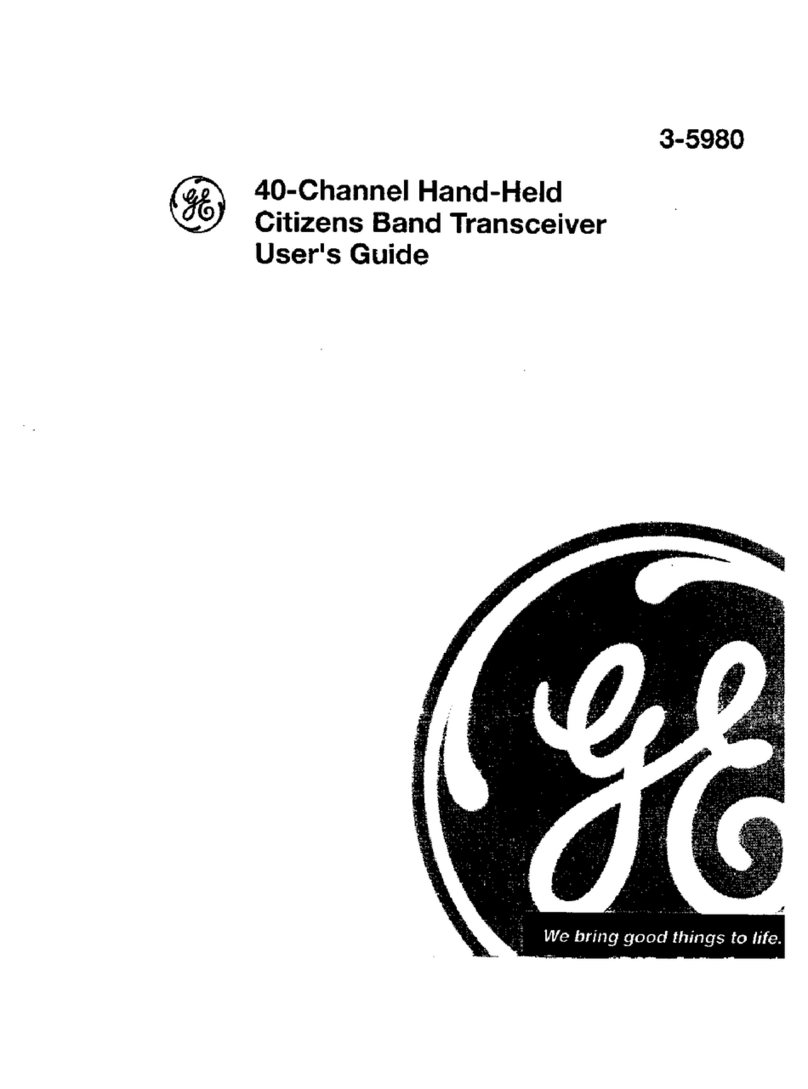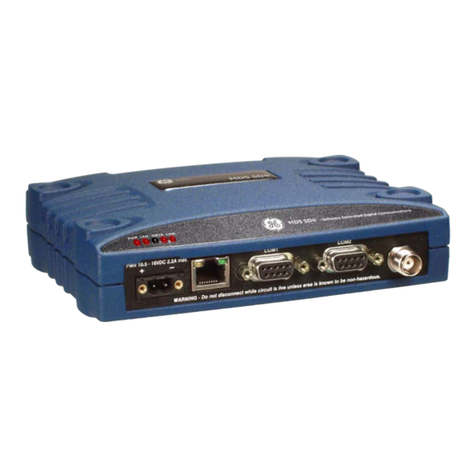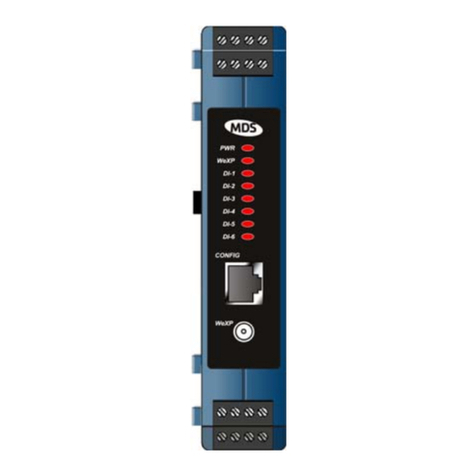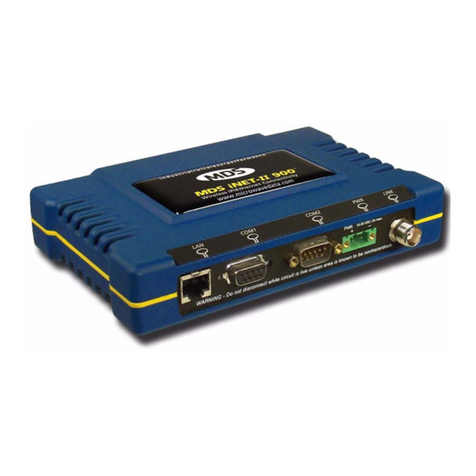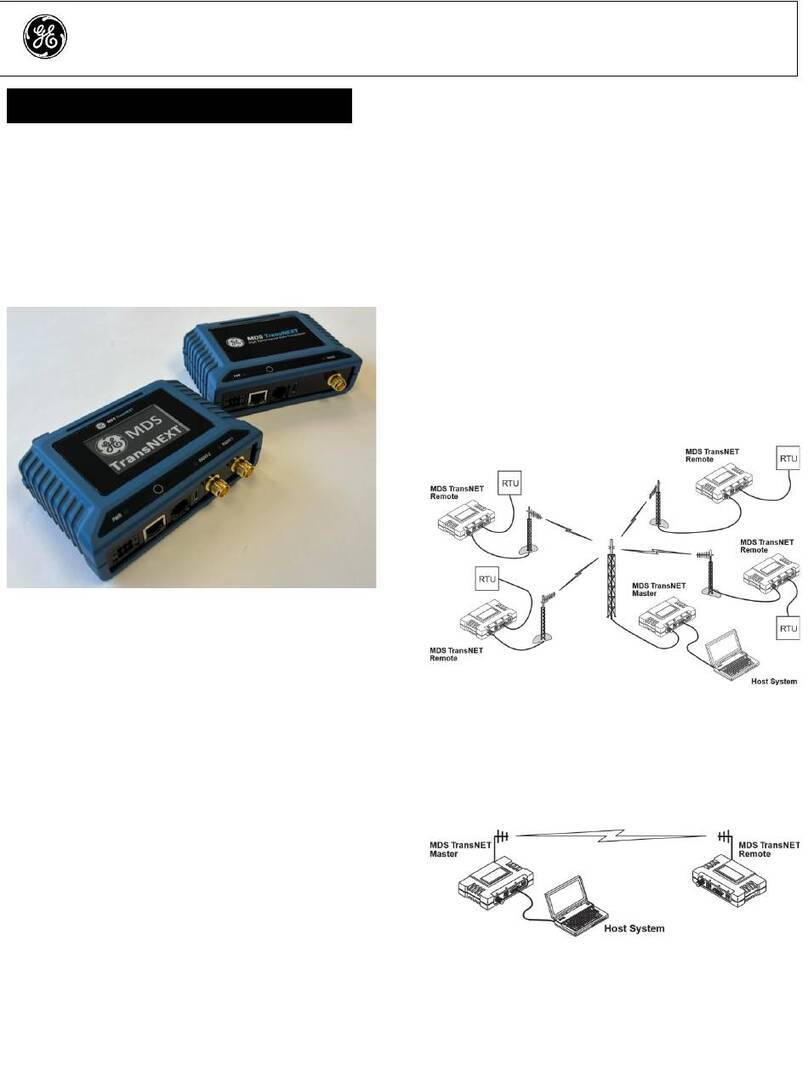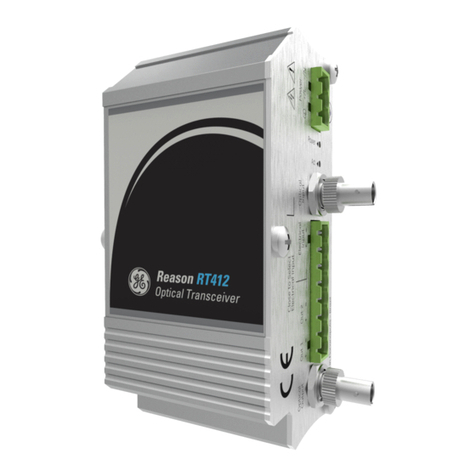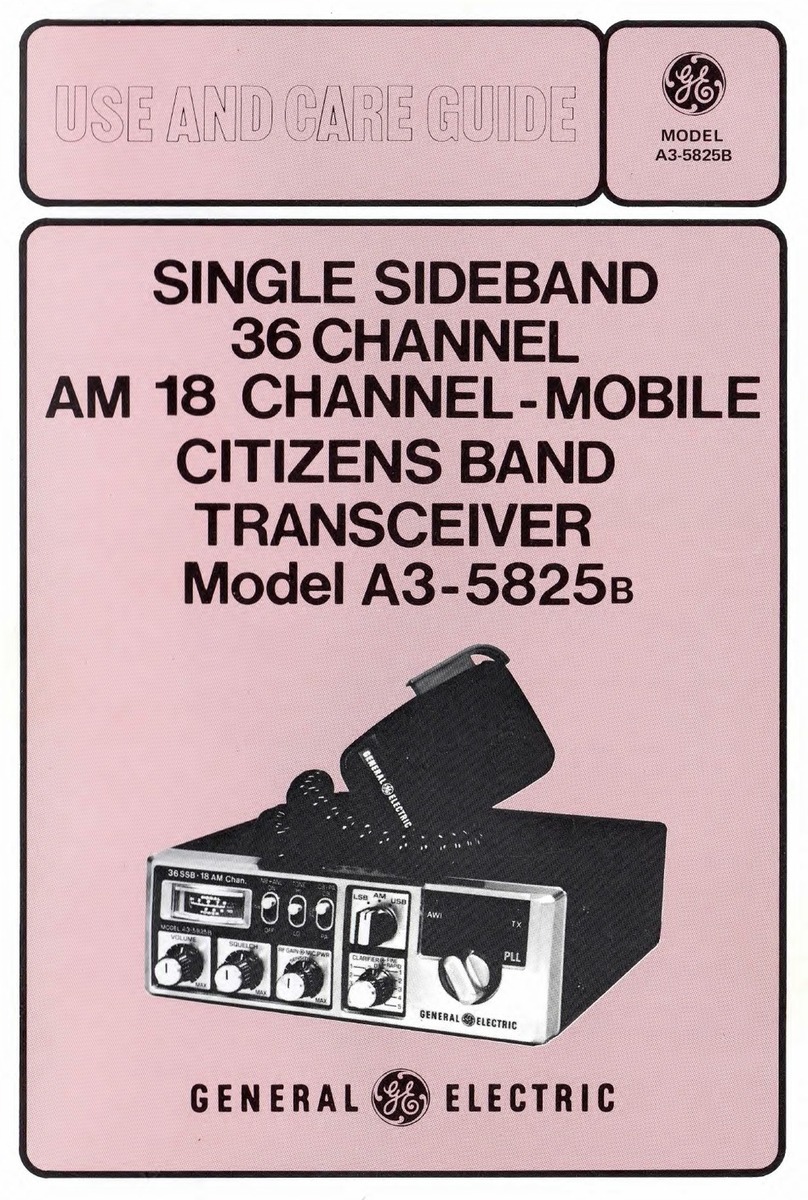
ii SD Series Technical Manual MDS 05-4846A01, Rev. F
5.0 STEP-BY-STEP INSTALLATION ........................................................................................ 26
5.1 Initial Configuration ......................................................................................................................27
Web-Based Management ..............................................................................................................27
Alternative Management Methods .................................................................................................28
Web Browser Connection ..............................................................................................................28
5.2 Initial Startup & Checkout ............................................................................................................30
Ethernet Connector LEDs ..............................................................................................................31
5.3 Optimizing the Radio Network ..................................................................................................... 31
Modem Type Setting ......................................................................................................................31
Inter-Packet Gap Settings..............................................................................................................32
Baud Rate Setting..........................................................................................................................32
Ethernet Settings ...........................................................................................................................32
Antenna SWR Check .....................................................................................................................33
6.0 USING THE DEVICE MANAGER....................................................................................... 34
6.1 Navigating the Screens ...............................................................................................................34
Overview Screen............................................................................................................................35
6.2 Management Tasks .....................................................................................................................36
6.3 Configuration Screens .................................................................................................................41
Radio..............................................................................................................................................41
Store and Forward Operation.........................................................................................................45
Features.........................................................................................................................................50
Understanding the Use of Virtual Radio Channels (VRCs)............................................................55
Using the Terminal Server—Typical Example................................................................................59
Communications Ports...................................................................................................................63
Security ..........................................................................................................................................66
6.4 Maintenance & Status Screen ..................................................................................................... 68
Event Log.......................................................................................................................................69
Alarm Summary .............................................................................................................................69
Performance ..................................................................................................................................71
Radio Test ......................................................................................................................................73
Firmware Utilities ...........................................................................................................................76
Configuration Files .........................................................................................................................81
7.0 TROUBLESHOOTING....................................................................................................... 83
7.1 LED Indicators .............................................................................................................................84
7.2 Checking for Alarms/Events ........................................................................................................85
Major Alarms vs. Minor Alarms ...................................................................................................... 85
Status and Informational Events ....................................................................................................85
Event Code Definitions ..................................................................................................................86
7.3 Operating Constraints ..................................................................................................................87
8.0 TECHNICAL REFERENCE ................................................................................................ 88
8.1 Performing Network-Wide Remote Diagnostics ..........................................................................88
Setting Up Diagnostics................................................................................................................... 89
8.2 Over-the-Air Firmware Upgrades ................................................................................................89
Intrusive vs. Passive (Non-Intrusive) Mode ...................................................................................90
OTA Reprogramming Overview .....................................................................................................91
